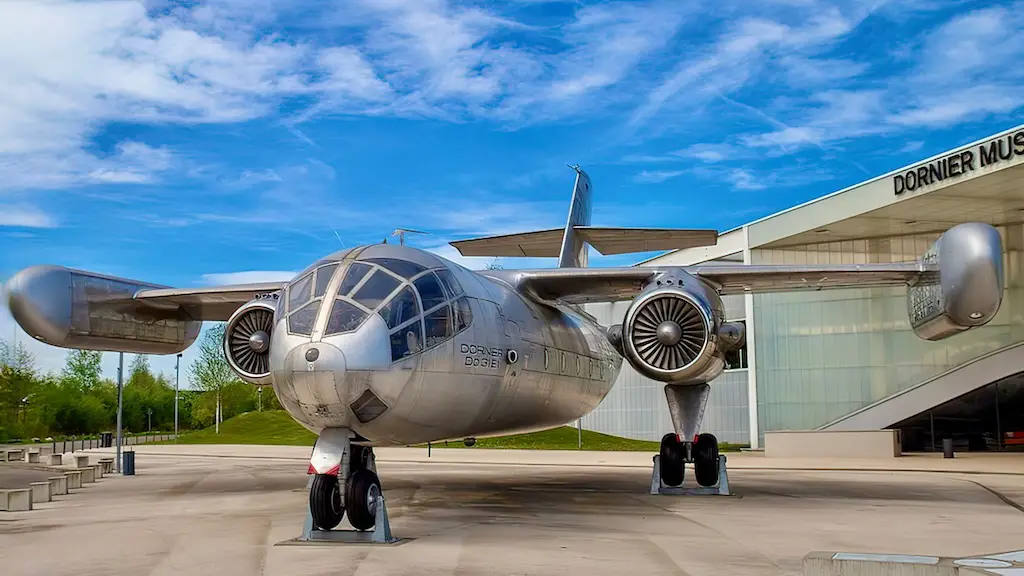
The world has seen many vertical takeoff and landing (VTOL) jet designs over the last seventy years. Some of them, such as Harrier, have even been successful. However, pretty much all of these aircraft were created as fighter or attack planes. Like many rules, this one has an exception: Dornier Do 31. It is the first and so far also the only VTOL jet transport ever flown. It was built and tested—with excellent results—in West Germany in the mid-1960s.
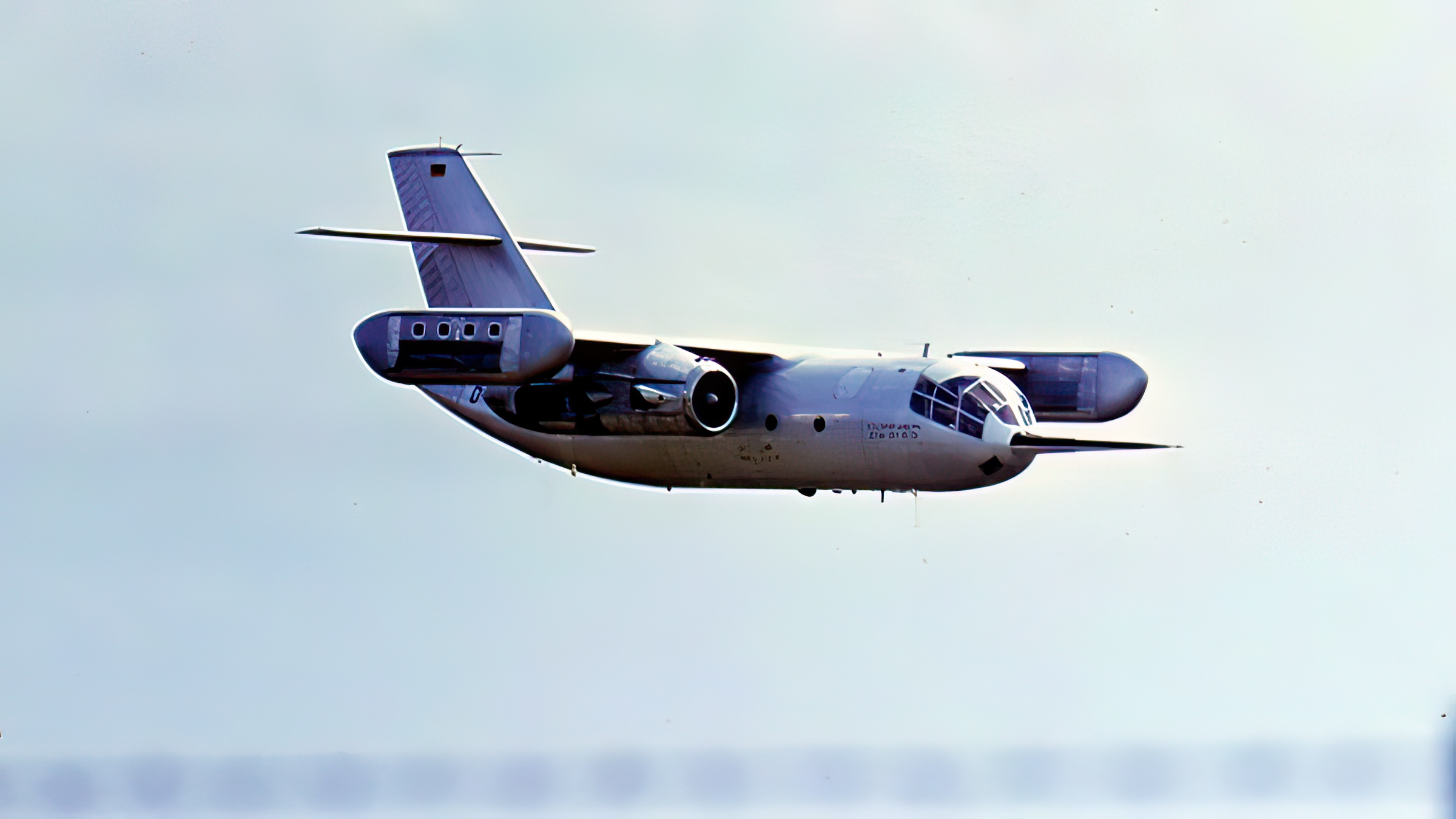
Jump jets are not just for aircraft carriers
Vertical takeoff and landing jets are mostly associated with aircraft carriers. However, saving some taxpayer money by building shorter flight decks is not the only reason for going vertical. West Germany’s navy never operated any aircraft carriers. Nevertheless, in the 1960s the country was actively developing several VTOL jet designs at a time.
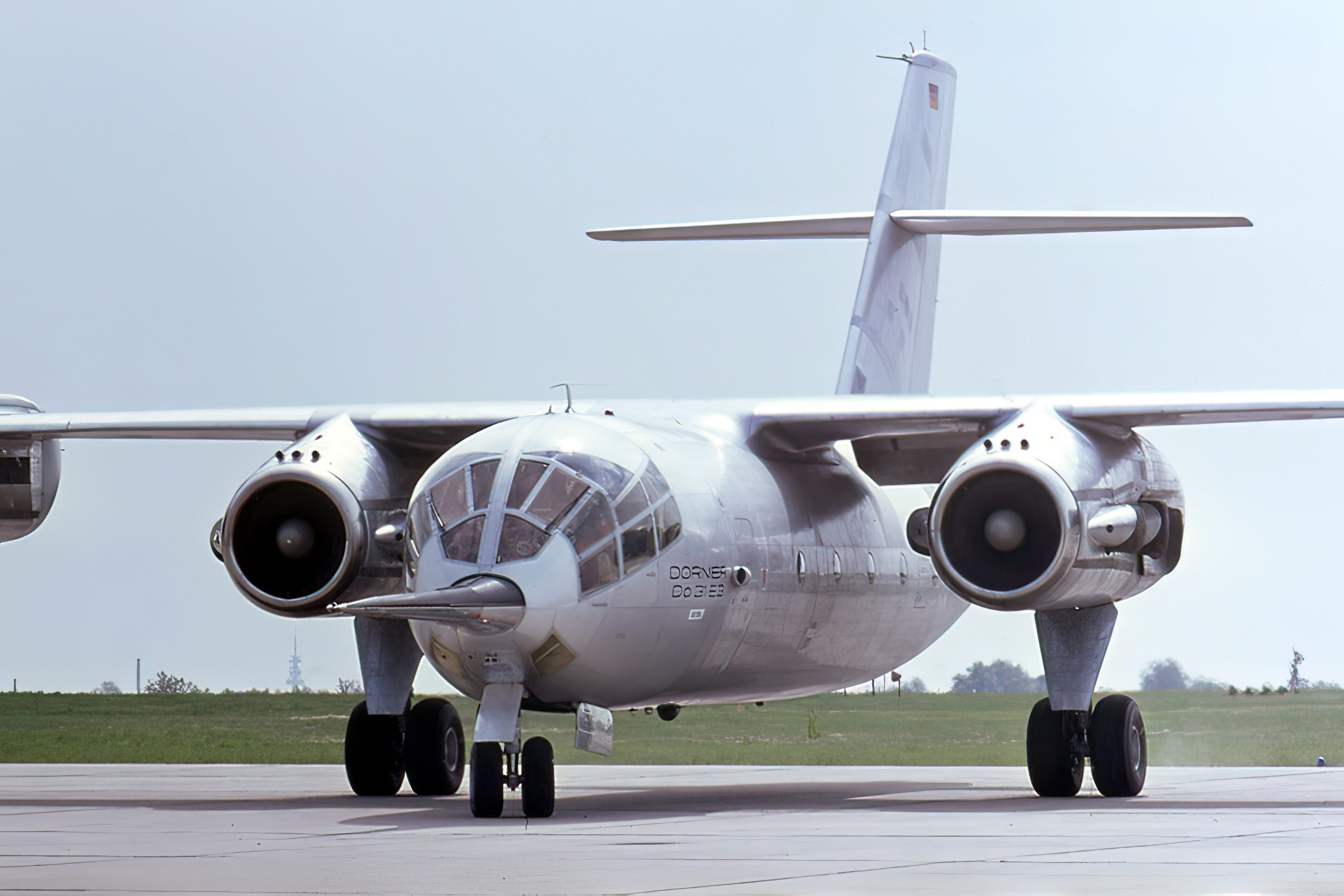
The reason was that West Germany was viewed as a frontline NATO nation. In a possible war between the alliance and the Soviet-led Warsaw Pact countries its airfields would be hit the first and, possibly, rendered unusable within the first hours of the war. To be prepared for such outcome, German military planners figured they needed VTOL jets, including a transport one, that would be able to operate from unprepared surfaces. In line with that thinking, in 1962 the German government awarded Dornier a design contract for V/STOL transport aircraft capable of carrying three dozen troops at a speed of 351 knots at an altitude of 35,000 ft.
British-powered German innovation
The Do 31 used a pair of mid-wing mounted Bristol Siddeley Pegasus turbofans with vectored nozzles as its main powerplants. These were the same engines as used on Hawker Siddeley Harrier. For additional thrust on takeoff and landing the Do 31 used two more sets of British-made engines. Each of the aircraft’s wings ended with a nacelle harboring four Rolls-Royce RB162 lift engines.
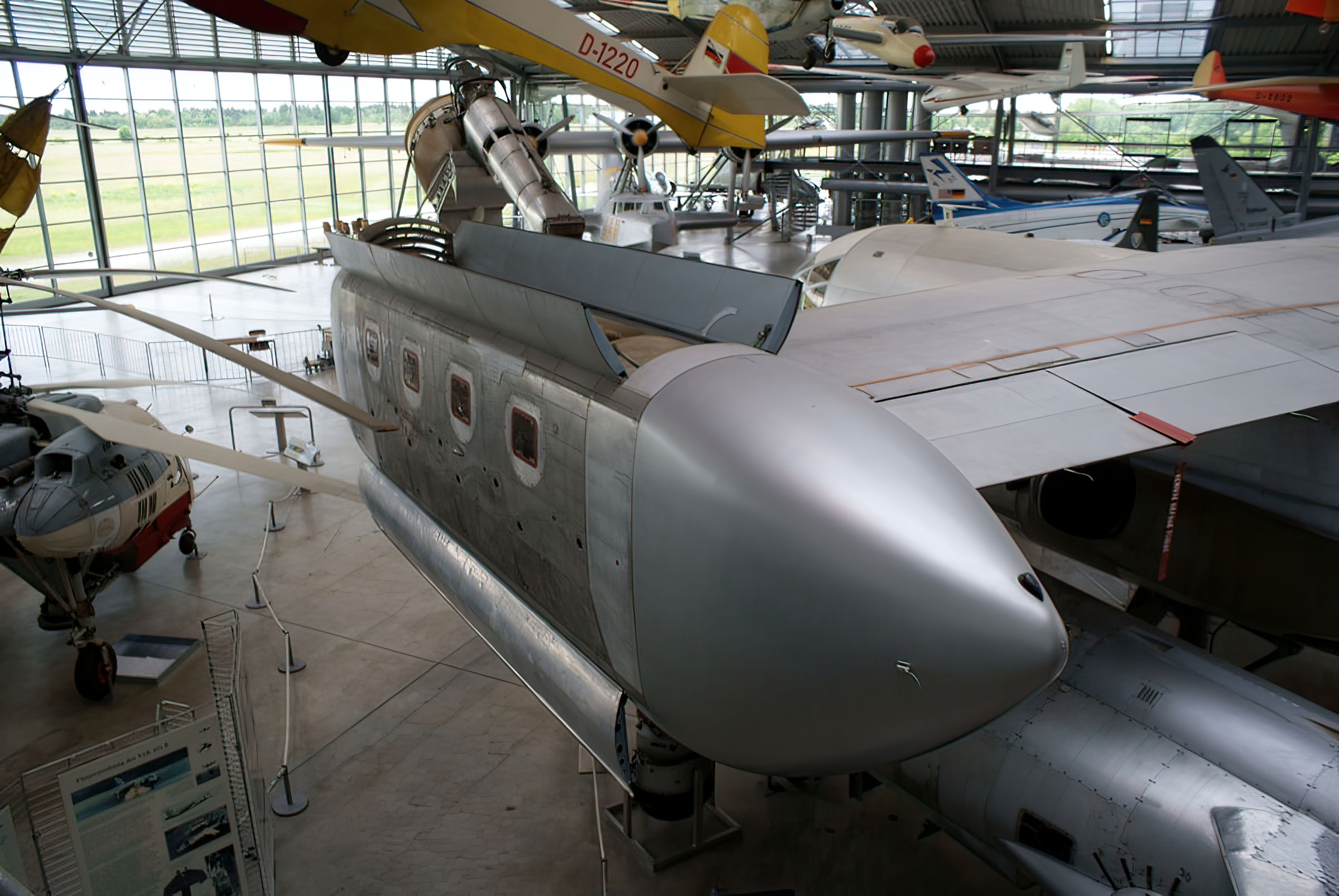
Roll and yaw at hovering were controlled by rotating the main engine nozzles, as well as by adjusting the power of the wingtip engines. For pitch control Do 31 had multiple puffer nozzles in the tail cone, to which bleed air from the main engines was fed via pipework.
After long and tedious experiments with a smaller hover rig, Dornier built two flying prototypes, the E1 and E3, and one static airframe, E2. However, the E1 was powered only by Pegasus engines and was intended for horizontal flight tests. It performed its maiden flight in February 1967. The only fully functional prototype fitted with all ten engines was the E3. It made its first flight in July 1967 with test-pilots Franz Rödel and Drury W. Wood, an American, at the controls. Later in the year they successfully performed vertical takeoff and transition to horizontal flight.
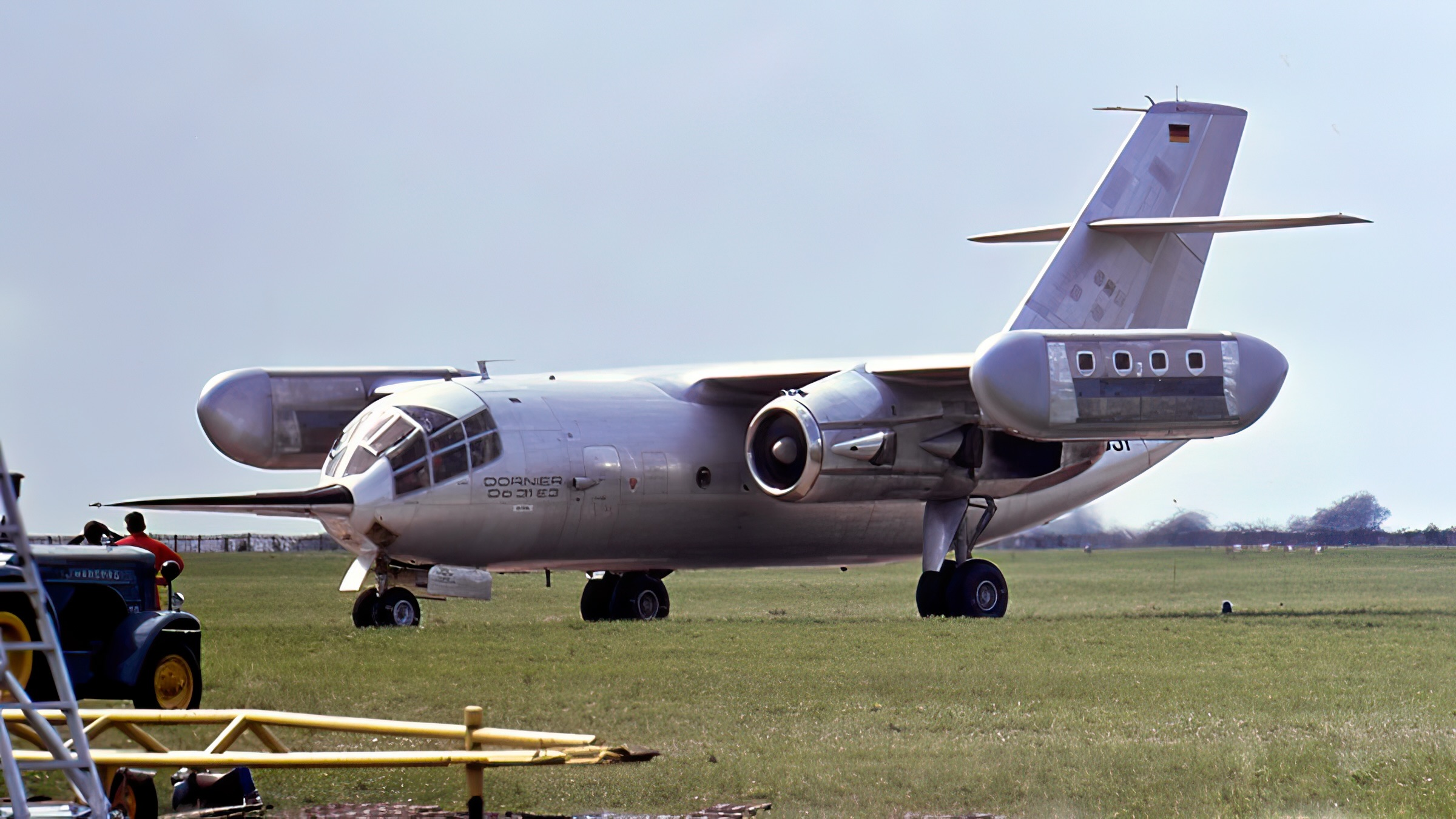
Flying backwards? No problem!
Do 31’s creators proceeded with the tests very carefully, but by early 1968 it was evident that the aircraft was capable of everything it was supposed to. It transitioned smoothly from vertical flight to horizontal and back, could even fly backwards, and generally displayed decent handling characteristics. Drury Wood recalled that flying Do 31 was much easier for him than flying a helicopter.
The aircraft also met its requirements as a transport plane. With a maximum vertical takeoff weight of 46,297 lb the Do 31 could carry a platoon of troops or some three tons of cargo in its quite spacious fuselage. In 1969, it made an appearance at the Paris Air Show. At a certain point the Do 31’s future seemed bright. There were plans for a larger passenger aircraft of the same scheme, Do 231, as well as a larger military transport, Do 231M.
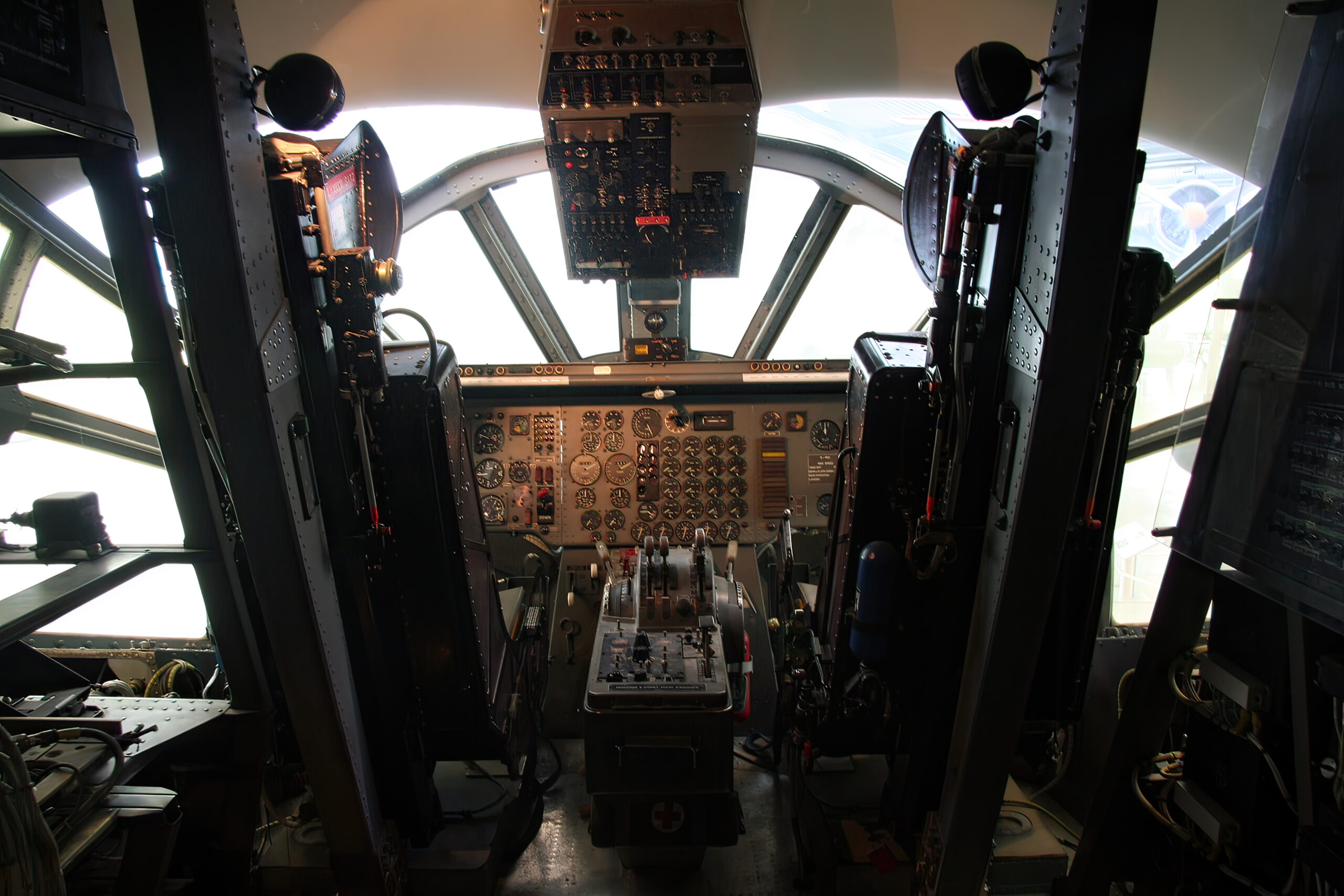
The real life constraints
Another rule that applies to all jump jets—this one without exceptions—is that they’re extremely expensive. Not just to design and test, but also to operate. Eventually, the government in Bonn figured that the Do 31 would be too much of a financial burden. In 1970, the project was terminated and the 1973 oil crisis buried any possibility of its revival. The Do 231 and Do 231M were abandoned as well, never going beyond the drawing board.
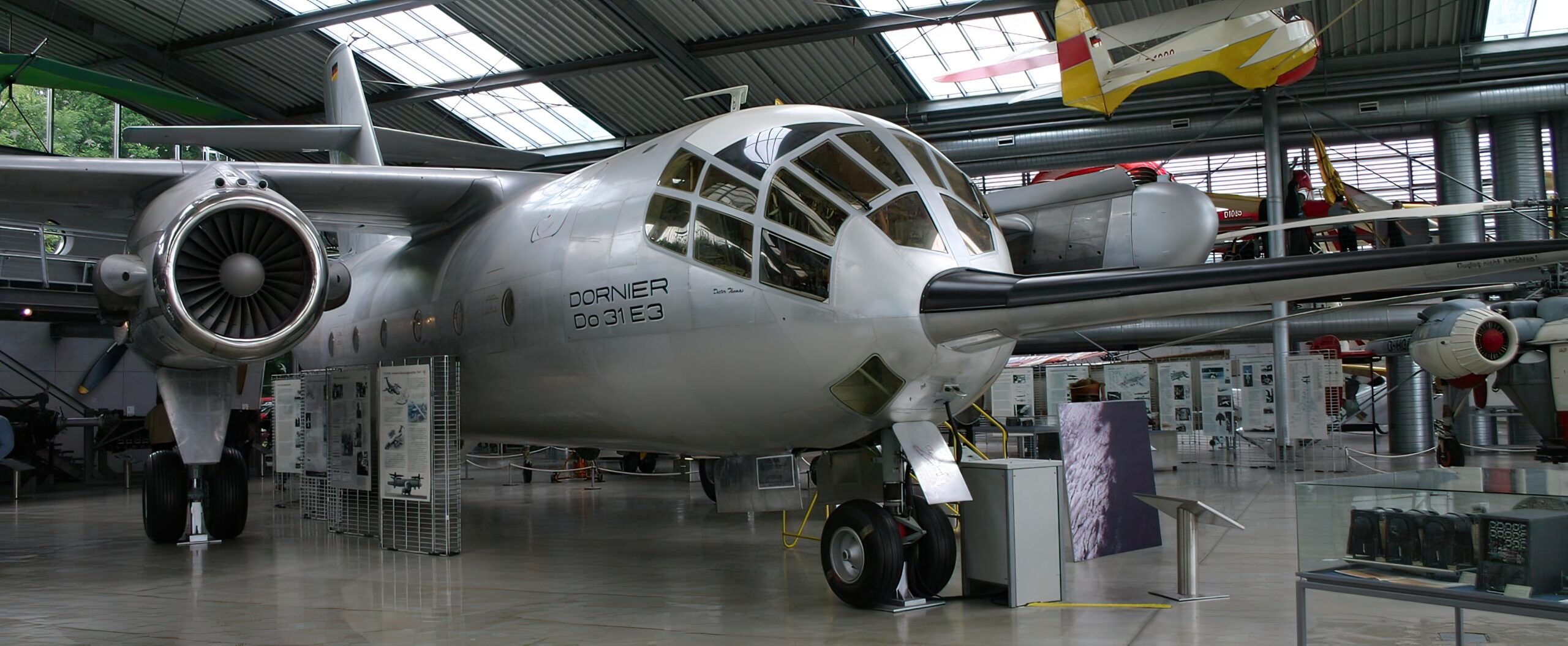
Both flying Do 31 airframes have been preserved. One is on display at Dornier Museum in Friedrichshafen, another at the Deutsches Museum Flugverft Schleissheim near Munich.